1. Support Terms
1.1 Definitions
“Level 1 Support” means technical support issues that Customer’s in-house technical support is responsible for addressing.
“Level 1 Incidents” are defined as:
A) Incidents related to issues within the LAN environment, including where the VoIP handsets are housed. LAN environment items requiring Level 1 Support include:
i. Ensuring proper cable connections to and from the network switch and router.
ii. Isolating and addressing changes to the LAN environment
iii. Confirming the handsets, switches, routers and firewall has power, adequate ventilation, and no rogue devices are connected to the LAN network.
iv. Viewing the Connection/Link status
B) Incidents related to issues with the internet service provider (ISP) connection (such as DSL, fiber, cable, T1, etc.), up to and including the modem. ISP items include:
i. Confirming good connection sync/signal a) Opening a ticket with ISP to address provider issues
ii. Confirming uptime of devices if a connection drop occurred
iii. Testing/identifying latency on lower-links
iv. Testing/identifying packet loss on lower-links
v. Conducting Speed-testing to further isolate issues
vi. Testing link route ‘hops’ to determine a routing fault
vii. Checking historical bandwidth/latency graphing
viii. Checking historical alerts for lower-links or the router
ix. Replacing/swapping failed modems on the customer’s site
x. Power cycling modems
Proclaim VoIP will assist customer in identifying if an incident falls into the category of Level 1. If an incident falls outside of the definition of Level 1 Incident above, incident will be escalated to Level 2 Support.
The following checklist should be exhausted by Customer tech support and provided to Level 2 Support when escalating an incident:
• Confirmed all relevant Level 1 Support steps were completed
• Confirmed current LAN environment using the existing topology created, and updated the ticket with all notable changes in the customer LAN
• Tested links for latency spikes / packet loss
• Speed-tested links at the affected branch site
• Identified type and volume of active LAN traffic on the customer router (HTTP, mail, torrent etc.)
• Insured Quality of Service (QoS) is in place and packet tagging is in place
• Power cycled devices (if necessary) involved with the connection issue
• Provided link statistics (sync status, connection latency, packet loss, route path)
• Provided historical information (Bandwidth & Latency graphs and alerts)
“Level 2 Support” means Proclaim VoIP technical support representative(s) with capability and responsibility to handle Level 2 Incidents.
“Level 2 Incidents” are defined as:
A) Incidents related to issues with call quality and/or call completion.
Items requiring Level 2 Support include:
i. Testing for handset or softphone malfunctions
ii. Confirming handset replacement due to defect
B) Incidents related to issues with the handset configuration, requiring adjustments. Handset or softphone items requiring Level 2 Support include:
i. Cloud Instance issues (i.e. service restarts, updates, patches)
ii. Geo-DNS changes
iii. Cloud User License Move / Change / Delete
iv. Password or Authentication Updates
v. Addition of features as the result of an addendum
vi. IP address changes for upper-links as necessary
vii. Feature use training and demonstration
a) Identifying a requested need of the Customer to an existing feature.
viii. Firewall changes (excluding software updates or fixes)
a) Restricting access to ports or services within the firewall of the cloud instance.
b) Redirecting internal/external IP’s/Ports
If an incident falls outside of the definition of Level 2 Incident above and Level 2 Support is unable to resolve it, Level 2 Support shall escalate the incident to Level 3 Support for resolution. The following checklist should be exhausted in-house and provided to Level 3 Support when escalating an incident:
• Confirmed all Level 2 Support steps were completed
• Tested and re-downloaded configuration files to devices that are presenting problem.
SUPPORT AGREEMENT (continued)
• Restarted services showing unresponsive on system wide instance. Applied updates and patches as necessary.
• Verified Geo-DNS is routing properly with SRV failover properly configured.
• All licenses are properly configured for all endpoints. Password changes have been properly applied.
• Proper features have been applied per customer. Feature demonstration and training have been completed.
• IP address changes have been applied and firewall rules have been updated.
“Level 3 Support” means technical support representative(s) with capability and responsibility to handle Level 3 Incidents:
“Level 3 Incidents” are defined as:
A) All incidents that are not Level 1 Incidents or Level 2 Incidents, including, without limitation, incidents related to issues with the co-location facilities where the Cloud Controller Clusters reside. The nature of these incidents can be further divided into two main categories, either Repair or Change:
“Repair” items requiring Level 3 Support include: i. Hardware failures (eg. switches, Controllers, pdu) ii. Software errors (eg. configuration, code) iii. Connectivity issues beyond Controllers (eg. routing, peering relationships) iv. Hosting provider issues (eg. physical environment, connectivity, power)
“Change” items requiring Level 3 Support include: i. Reverse DNS requests (eg. Customer voicemail email, PBX) ii. Code upgrades (eg. compliance with Proclaim VoIP’s n-1 policy) iii. Upgrades per PoP design changes (eg. high density cluster)
B) Incidents related to issues with Proclaim VoIP’s code, such as bugs or limitations in the code (eg. packet size).
C) Issues with backhaul carriers, E911 routing, Porting issues, or call routing to international destinations.
There may be from time to time the need for changes to the definitions in this Exhibit C based on, among other things, the introduction of new products that form part of the Products, sold by Proclaim VoIP to the Customer. In any such instance, the parties shall work in good faith to arrive at changes to the definitions or other provisions herein as may be necessary for the performance of the obligations hereunder in connection with such new products.
